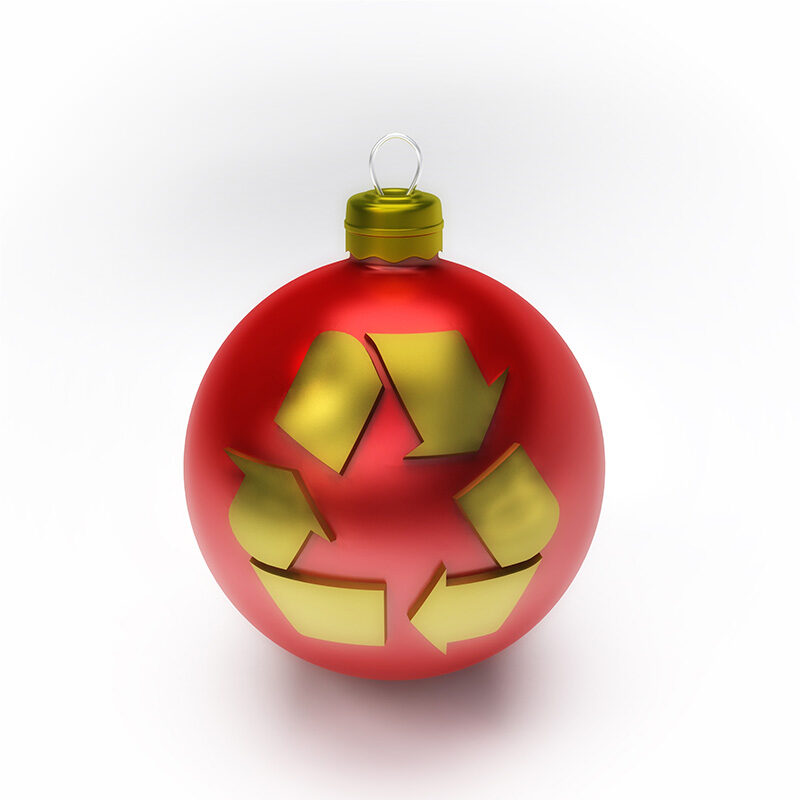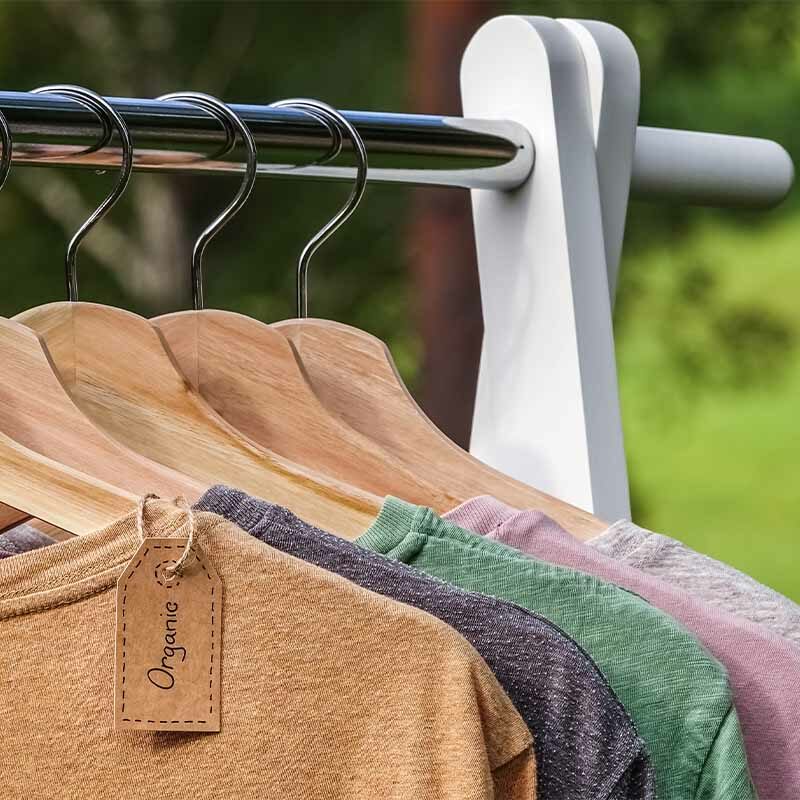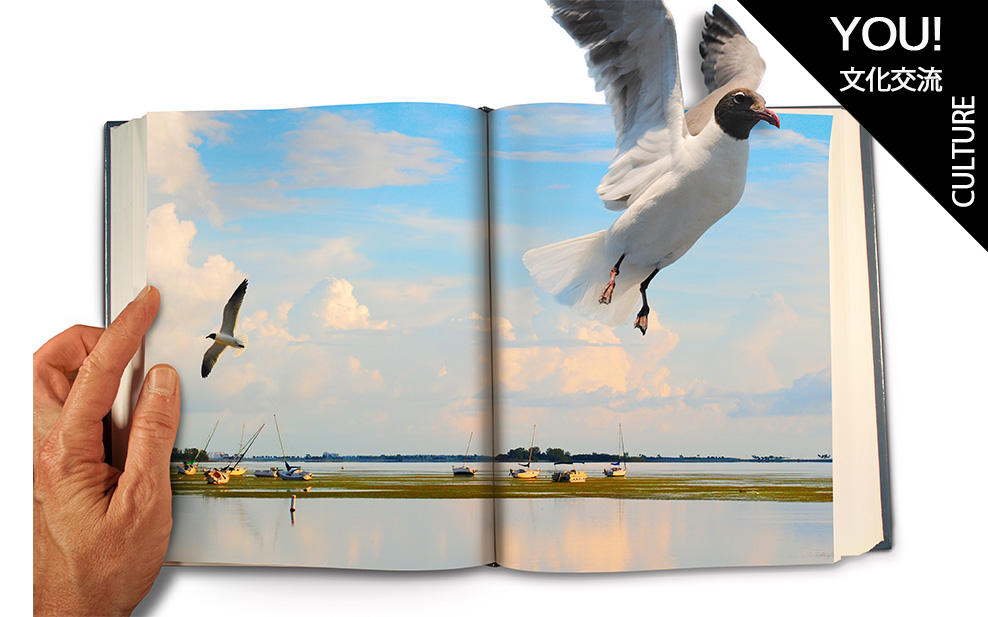
The Seabirds Cry Book Review and Editor’s Notes- Why we need to be talking more about Birds
When I first was approached with the topic of “birds” as a theme for multiple pieces of WELL, Magazine’s content, I was hesitant. Birds don’t fall cleanly into our overarching themes- sustainability, purpose for business or conscious lifestyle, I thought to myself. I’m sure our inquisitive readers would enjoy learning about birds and what we can do to protect them, but I thought perhaps one or two articles would suffice.
Before shooting the idea down however, and in turn disappointing our in-house bird enthusiast, I decided to have a think. “How do birds tie into what we want to talk about at WELL,?”. Beyond sharing some interesting facts, what can our readers gain from learning about birds?” I started brainstorming by thinking about my own personal experiences…I took some classes in college where I learned about birds, in particular the crow and raven. I found it fascinating to learn about their mental capacities. They can solve complex problems and are thought to be capable of altruism. Beyond that class though, my understanding of birds is quite limited.
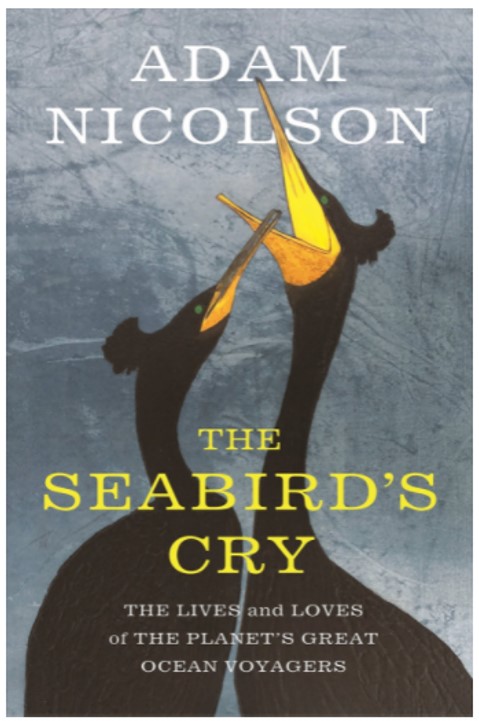
Wanting to refresh and expand my limited knowledge of our avian brethren, I turned to literature. What could I read that could help to educate me about birds and their importance? After an online search, I came across a book recommendation from magazine supporter and good friend John Wood: “The Seabird’s Cry” by Adam Nicolson. True to form- John’s recommendations usually hit the mark- reading this book changed my perspective on birds and their applicability to WELL, Magazine…
Birds and their perilous situation they are in, in fact, is everything we need to be talking about.
In this article, I’ll first attempt to convince you to add the “The Seabirds Cry” to your reading list. Then I’ll run-down why I think we can benefit from more reflection on the significance of seabirds and their sharp decline.
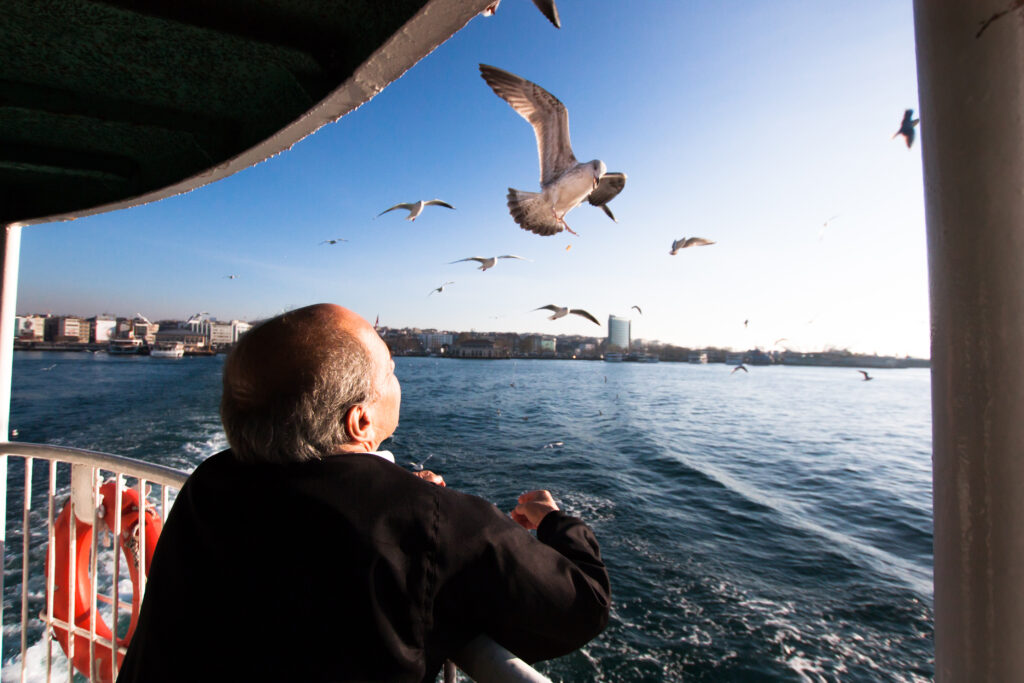
Many parallels can be drawn between humans and seabirds; we are, after all, more closely related than we think. Our past and, as I will later argue, our future as co-habiting species on earth, are intertwined physically and spiritually. Their lives and recent plight can inform us on our own lives and choices, hopefully guiding the way towards a better and more sustainable future, which happens to be exactly what we want to be discussing at WELL,. Three cheers (or caws) for more bird content!
Why you should read “The Seabirds Cry”
Some people, including myself, shy away from non-fiction books about nature. The genre tends to make for dense reading and often fails to capture the imagination. Nicolson’s book does no such thing. From the opening paragraphs, it’s easy to tell that his writing is deep with emotion and passion. His descriptions of birds and experiences in their native environments, are more akin to poetry than non-fiction writing. As I read his prose, I felt transported to the places he was describing, as if I could see the birds he describes soaring above the cliffs myself.
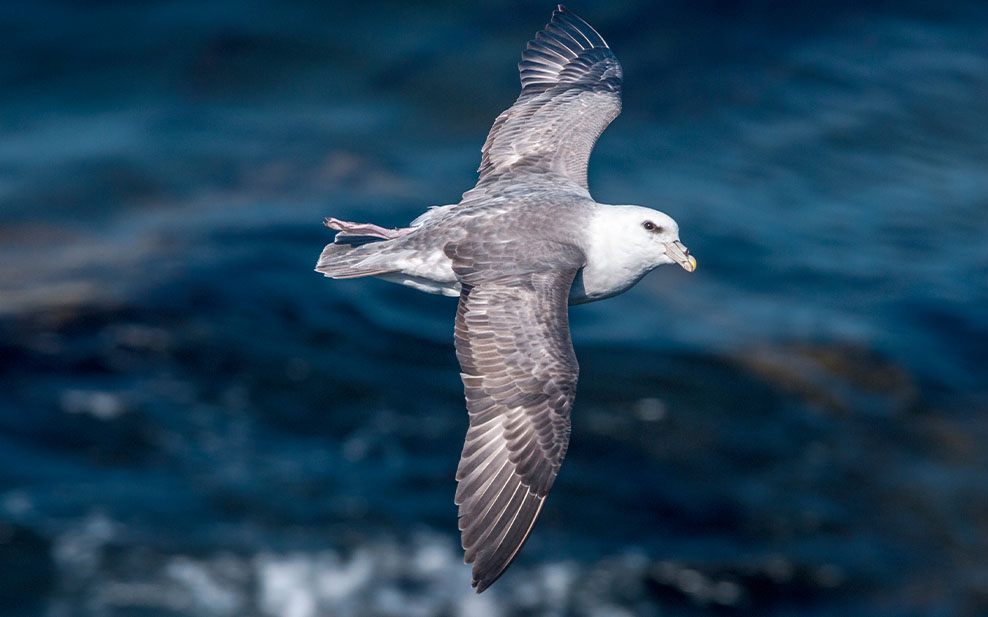
“Look at them on days like that, when the wind is blowing through the boundaries of fresh and stiff, and you will see them for what they are: wind-runners, wind-dancers, the wind-spirits, alive with an evolved ability to live with the wind, in it and on it, drawing out its energy to make their own feathered, mobile, ocean-ranging magnificence.”
The Seabird’s Cry- Chapter 1- The Fulmar
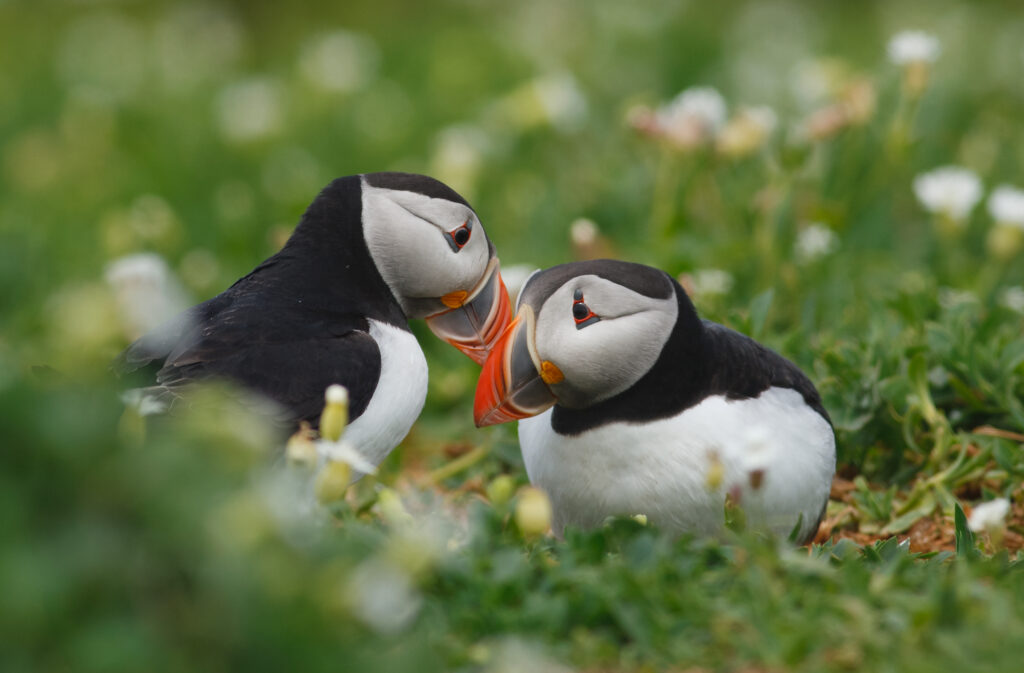
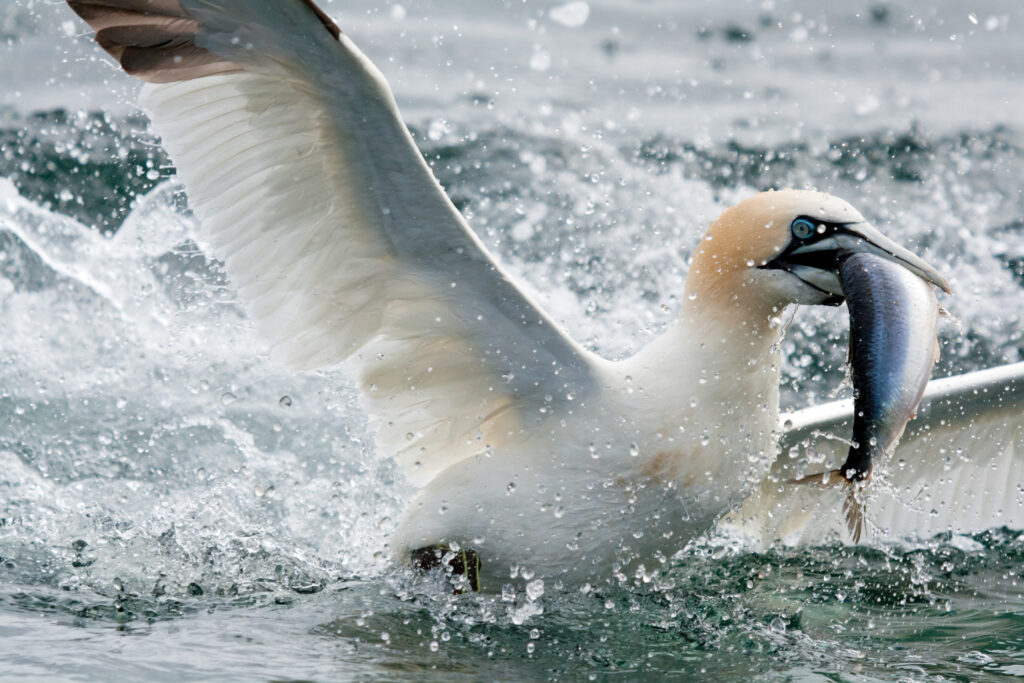
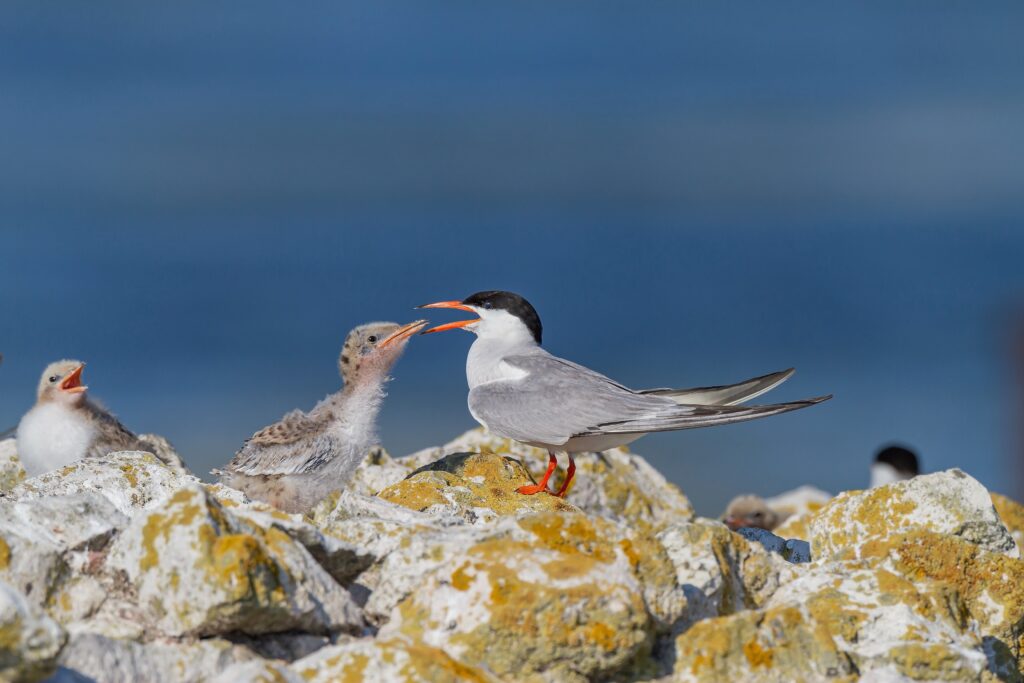
After an engaging introduction, Nicolson writes of the different species of seabirds he has studied -10 in all- dedicating a chapter to each one. He explains everything from where they live, what they eat, how they mate and care for their young, to migration patterns and population fluctuations over time. Beyond the fascinating descriptions of birds’ lives, he captures something much more elusive- the aura and uniqueness of each particular species. Through his writing you get a feeling for their uniqueness, so much so that you feel emotions for creatures you maybe haven’t even seen. Take this passage for example describing the experience of seeing a nest of shag chicks:
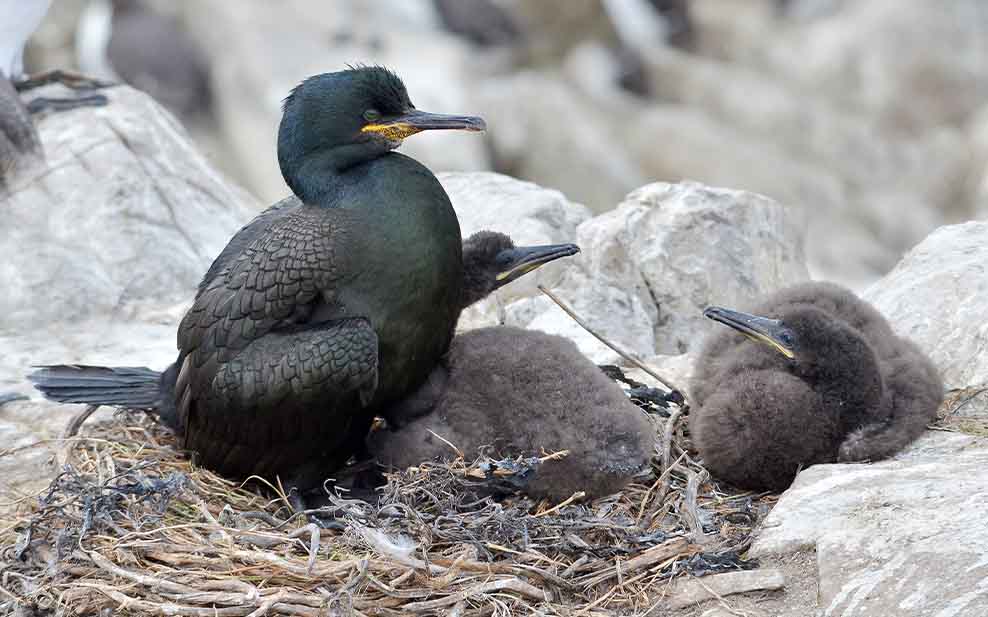
“Ancientness bellowed at me from inside the filth lined crevice, where in the shadows, two or three featherless, scrotal-skinned Shag chicks writhed liked embryo sea monsters from the past. This was all depth. Nothing neat or sweet, but powerfully seductive and alluring, satanic even, foreign, alluring, with a glimmering night-time glamour about it, as if I had come across some transitional creature, half- pterosaur, half-bird, gleaming in the oily dark of its feathered sheath, blazing in the rich yellow of its gape and gizzard. Around me, in the air the other Shags coming into the colony honked and hooted, the deep, guttural cry of arriving males, something from beyond any world I had ever known.”
The Seabird’s Cry- Chapter 6, The Cormorant and the Shag
Upon finishing the book, I felt a wave of appreciation and wonder about birds, more than I ever have. But coupled with awe, I also felt a deep sadness at the reality of their situation. For the first time in 100 million years, seabirds are grave danger of ceasing to exist on our planet.
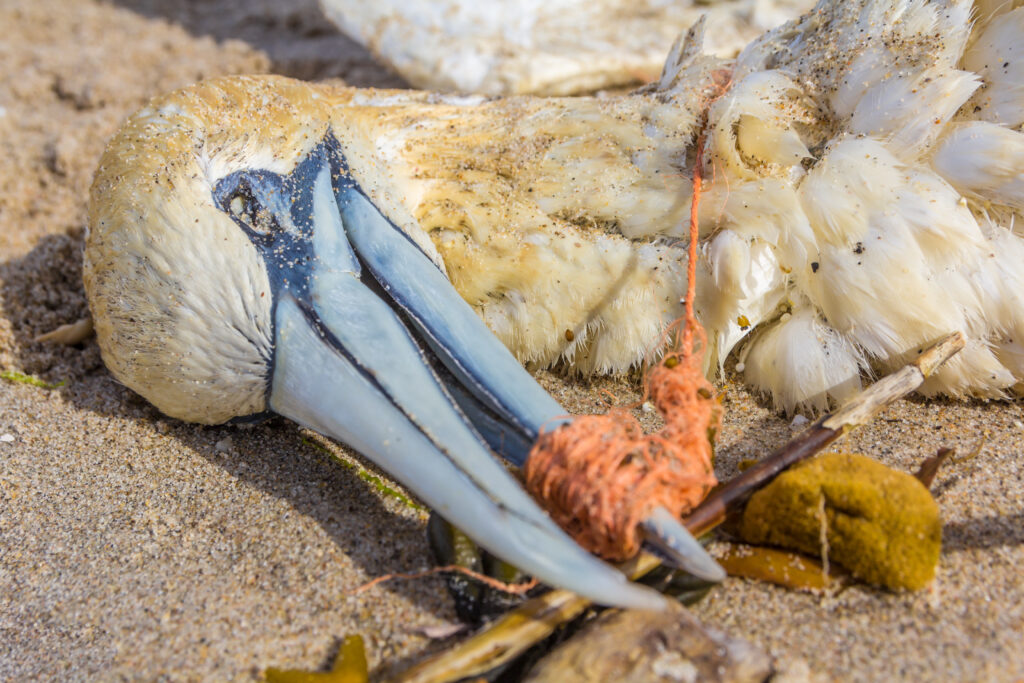
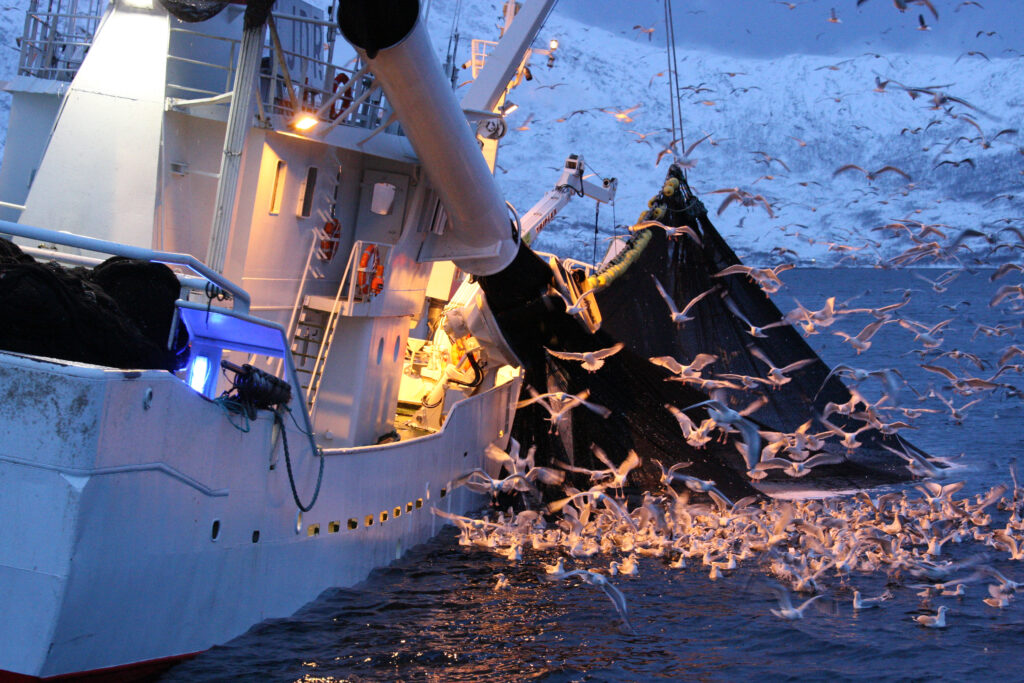
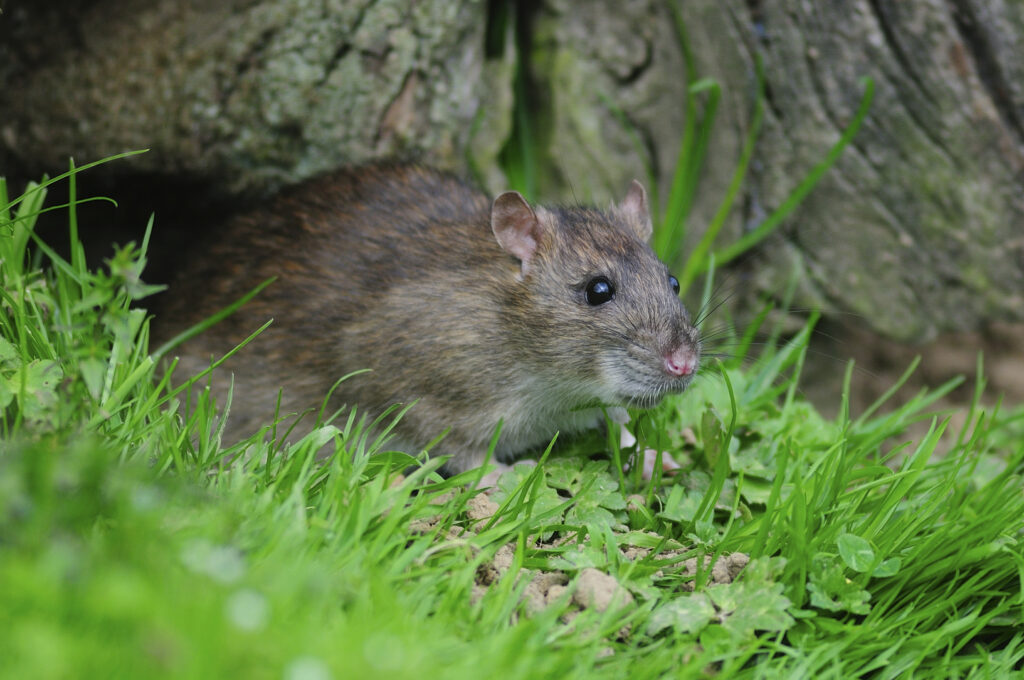
As Nicolson describes, over the past 60 years their numbers have declined by two thirds. One third of seabird species are threatened with extinction and if numbers continue to fall at current rates, the world could be devoid of seabirds as soon as 2060. The joint forces of climate change, plastic pollution, food shortages and invasive species mean that one of the most adaptable groups of animals, that has thrived on change for millennia, is on the precipice of being wiped out in the evolutionary equivalent of a blink of an eye.
“The Seabirds are ancient inhabitants of these places and have been here for longer than any of us. The oldest seabirds, shag-like with feathered wings and webbed divers feet, are 100 million years old. We are the latecomers, African creatures that left our native habitat 50,000 or 60,000 years ago, the clever dominators of earth and have learned to be where our bodies do not belong. If we are temporary colonizers, the seabirds are part of a world in which we prey and feast. The average longevity of a mammalian species is no more than half a million years. We will be gone tomorrow. Many of the birds are older than on the rocks they stand.”
The Seabird’s Cry- Introduction
Why do Seabirds matter?
So why care so much about seabirds? Aren’t plenty of species in a similar, perhaps even more perilous decline?
The Seabird’s Cry gives plenty of answers to this question. The crux of it, I think, is simple. When seabirds are gone, we are in BIG trouble…
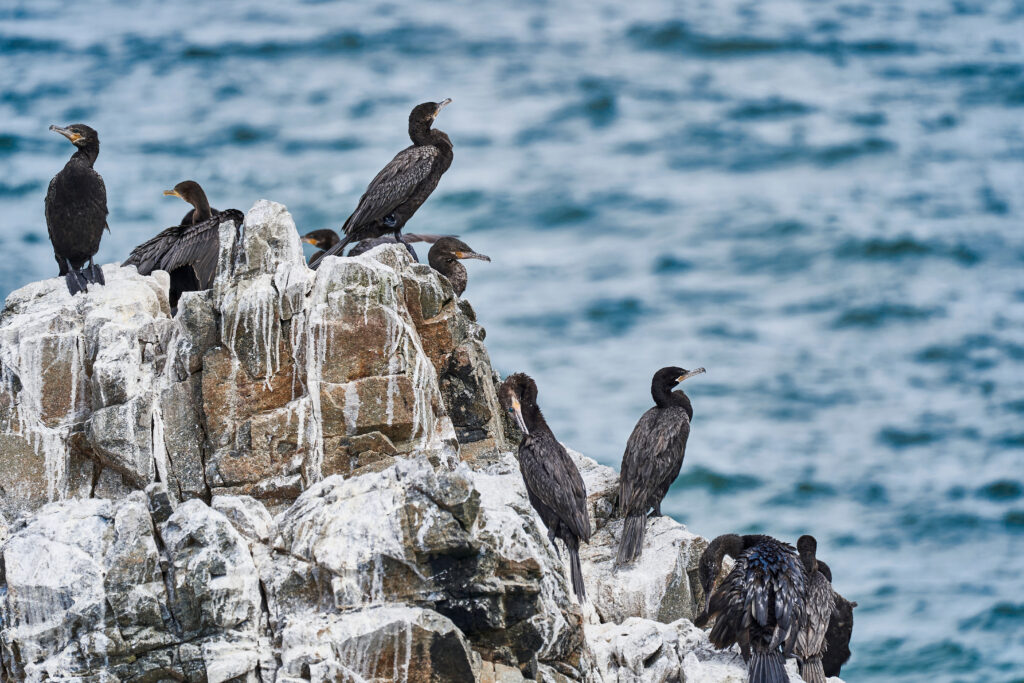
Think of seabirds as akin to the ocean’s version of bees, spreading the equivalent to life giving pollen through their poo (guano). When birds nest on beaches and cliffs their guano collects en masse and runs into the sea, providing nutrients that enrich the otherwise sterile waters and provide the smallest critters in the food chain with sustenance.
Because seabirds can fly great distances, they can “pollinate” far off places that otherwise would be desolate, such as new volcanic islands.
“For the first few years the new islands surface were mineral, planetary, almost indistinguishable from a dark distant moon… But the gulls feed on fish and eggs, scavenge what they can…of course they defecate on the land and regurgitate what they cannot digest… it was all fertilizer, nutrients pulled in to make a dead world live… a steady nutrient transfer from ocean to rock, largely facilitated by the gulls, had created a world in which other creatures could live.”
The Seabird’s Cry- Chapter 4, The Gull
Without gulls such transformations would not be possible.
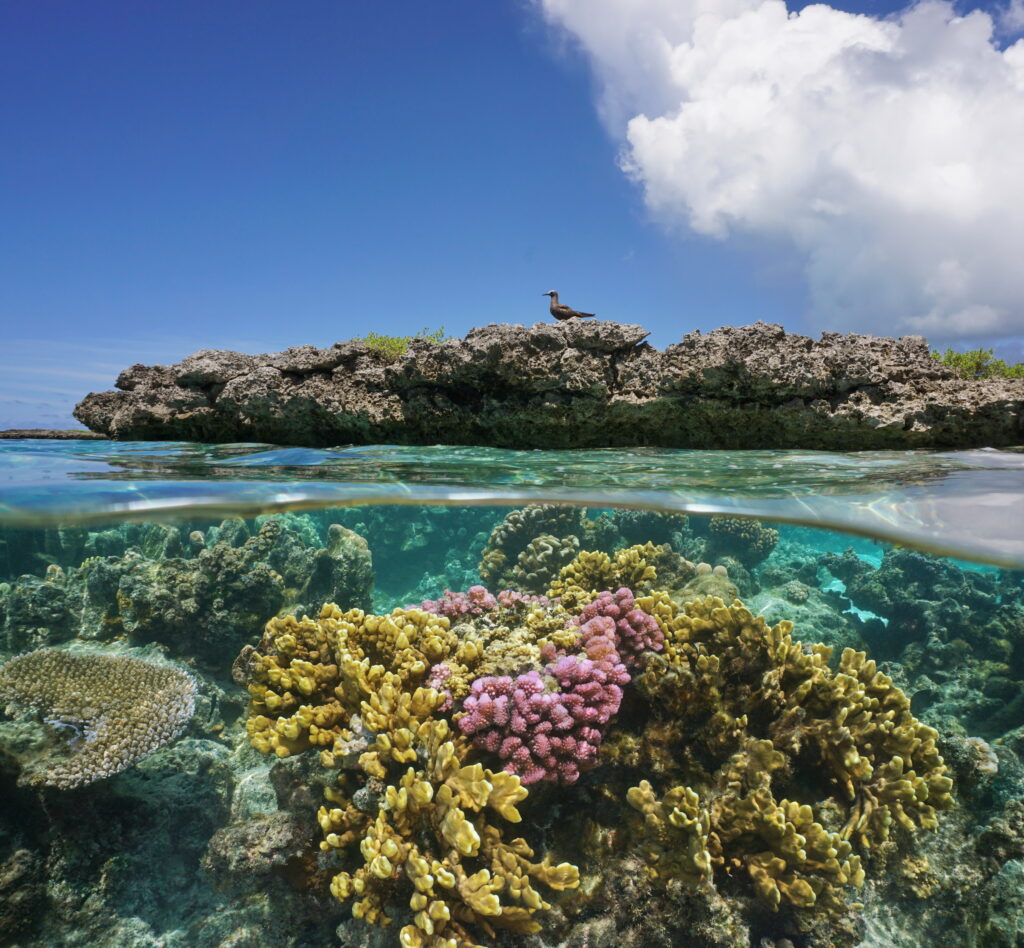
Coral reefs, already under immense pressure from warmer water temperatures and ocean acidification, would have almost no chance of survival without seabirds, as phosphorus transferred from seabirds via their guano is crucial to coral health.
Apart from the obvious detriment to our environment, there is a less tangible, but perhaps just as harmful effect- the damage to our human spirit. Throughout human history, we have been inspired by birds, who we shared a common ancestor with some 300 million years ago. The earliest drawings of seabirds were found in island caves some 27,000 years old. For most of human history, birds have flourished beside us and have provided us with a spirit of hope and fill us with a sense of wonder and awe. When the seas fall silent, all that goes away. Not only do we suffer physically, but also psychologically from their loss.
What can we learn from Birds?
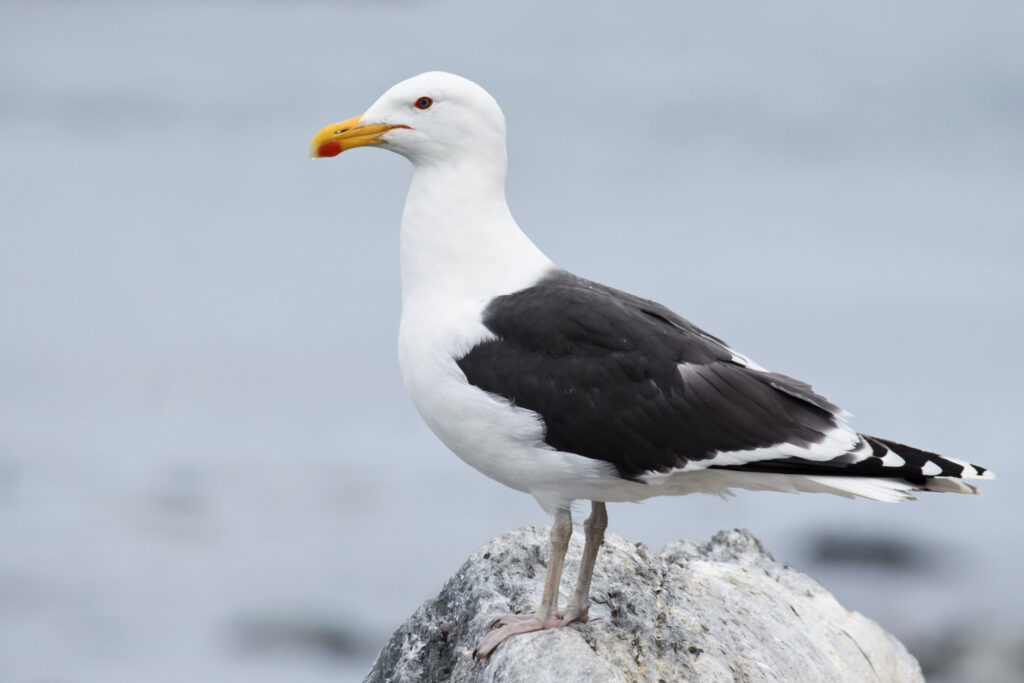
Nicolson’s book isn’t all doom and gloom. Some species of birds such as the black-backed gull and cormorants, have gained in numbers over the past 20 years.
“There may be some hope in what biologist call the “plasticity” of their behaviour. A population of birds has within it enough variation and individuality to respond to change.”
The Seabird’s Cry- Chapter 11
I think here in lies one of the biggest lessons we can learn from seabirds. To be able to live and thrive on earth, humans will need to channel what has made the seabirds so successful over time- mainly flexibility, ingenuity and adapting to change.
With our environment becoming increasingly difficult to predict due to climate change, we must channel seabirds’ ability to be on the move and change habit patterns when needed.
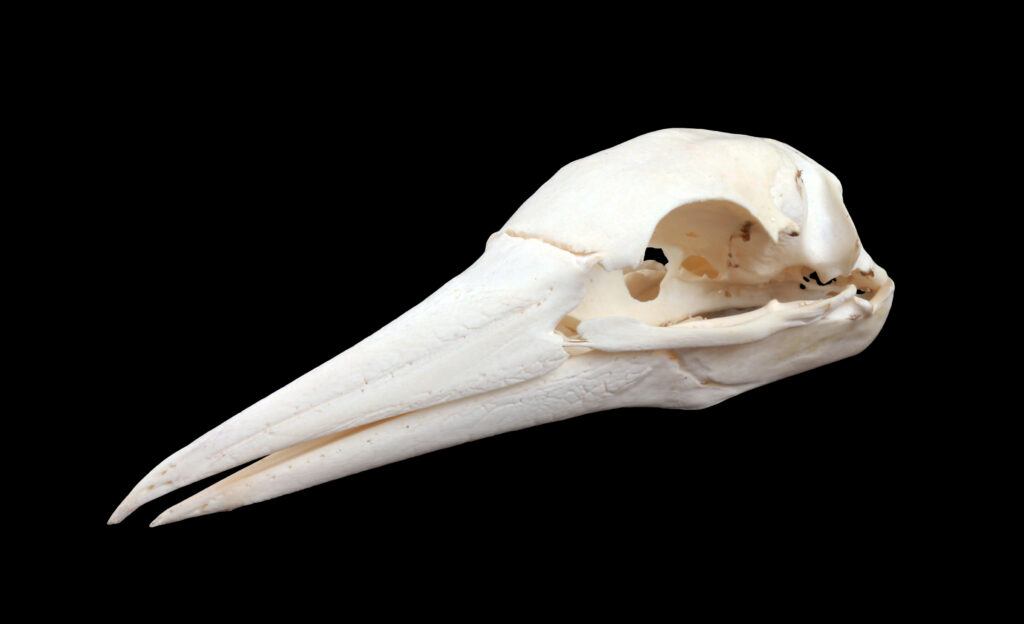
This leads me to my second suggestion about what seabirds can teach us. That is simply to be humble. Birds are capable of incredible feats, many of which scientists are just now beginning to understand. Some species are capable of sensing electromagnetic pulses, smell at a sensitivity far beyond that of humans, and understand their position through the minute changes in winds and the sun. I found it fascinating that some species of seabird have translucent skulls that can perceive light, and hence season change, meaning that even blind birds can still migrate to their breeding grounds at the right time of year. The more we study seabirds, the more we learn how special some of their capabilities are. As humans we have unique abilities and limitations as well. And just like seabirds, whose flexibility has its limits, humans are bound by our natural environment.
The Final big take-away I suggest we can learn from seabirds is the importance of working with nature. Birds are masters of their environments and use nature to their advantage.
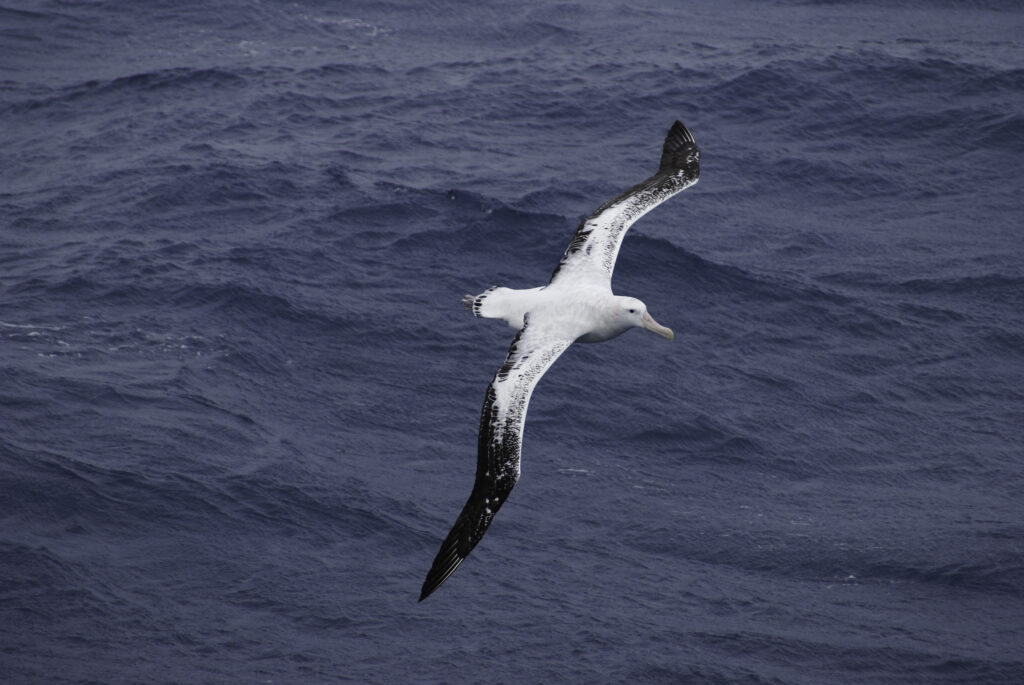
For example, the albatross, as revealed in recent studies, uses natural wind cycles to “ride” the wind, allowing for minimal expenditure when flying great distances.
“This ever-repeating gyre, living within the structure of the wind, is more intimately connected with the pattern of the birds existence than any other element of its life. Albatrosses are the wind; their existence is inconceivable without it; the weather systems are the metronomic masters of their lives”
The Seabird’s Cry- Chapter 10, The Albatross
Humans need to channel the albatross and consciously choose to work with, rather than against nature. Instead of extracting limited resources such as coal, we would do well to study how animals like the seabirds work with nature in a sustainable way. That means using wind, the sun and other renewable resources more to our advantage.
It also means seeing animals like seabirds as a crucial asset in our fight to preserve a healthy habitat and doing what we can to protect and preserve them, not just because we are altruistic, but because we see true value in their life-giving forces.
What can we do?
There are individual activities we can do to support a world where seabirds can continue to live with us, like they have for all of human history, in harmony.
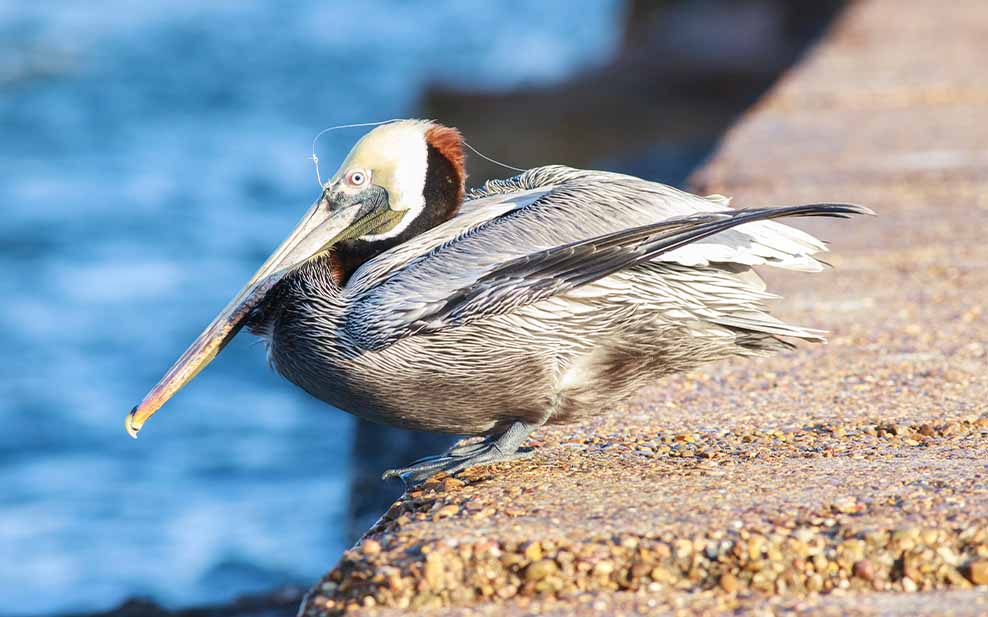
Using less plastic, which has a devastating impact on seabirds, makes an impact. Eating less fish is helpful as well. Demand for fish fuels the industrial fishing industry, the chief destroyer of fish stocks and ocean habitats. It’s estimated that over 300,000 sea birds are killed in the nets, hooks and lines of industrial fishing fleets yearly.

Giving to organizations working to protect sea birds also can make a difference. More investment in protection zones for birds and the fish stocks they feed on can assist in helping their numbers recover, as can eradicating rats, mice and other invasive species that eat seabird chicks from the islands that they nest on.
On a macro-level, big business needs to focus on shifting towards sustainable business practices, working to protect seabirds and the ocean that sustains them. The more carbon we pump into the atmosphere and the more plastic we pour into the ocean, the faster seabirds will disappear. The recent shift towards ESG and sustainability is a start, but governments must put a larger focus on regulating big industries, such as fishing, to have any hope of saving the delicate balance.
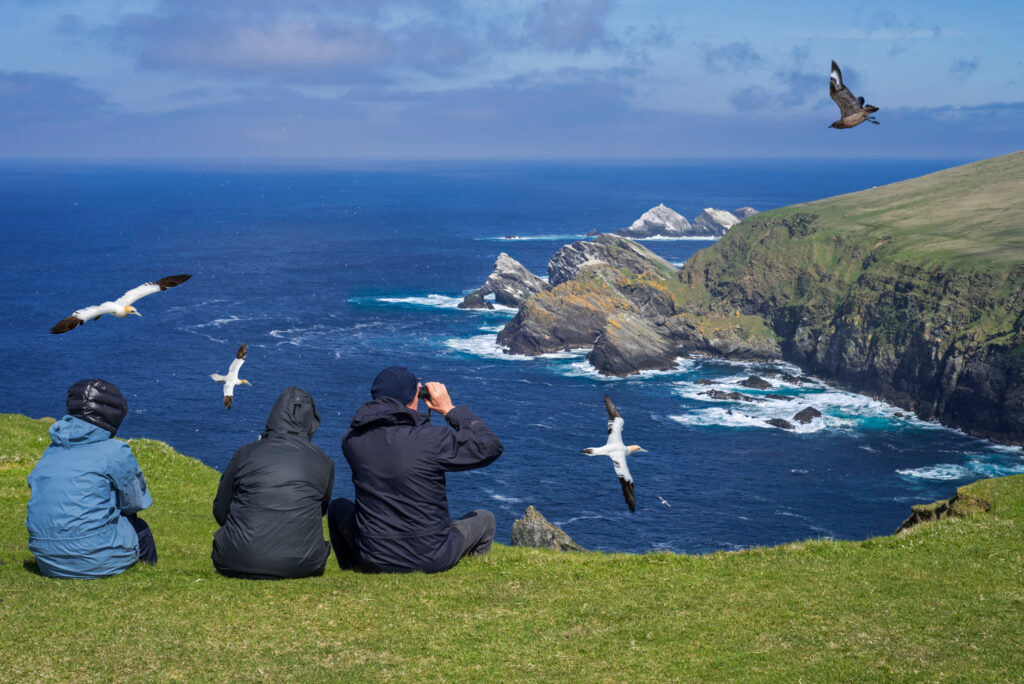
It’s hard to imagine a life without birds and perhaps that’s for good reason. Throughout the years, birds have been our companions on this fragile earth. We’ve been lucky enough to live in a time where we both can thrive. A world not suitable for a seabird, sadly, is not a world suitable for humans. It’s up to all of us to start caring more about their livelihoods, for their livelihoods are our own. A world with no bird cries, most likely leads to a world without human cries, and that’s a scary thought.
Be sure to check out more articles related to birds this month:
To help do your part for seabird conservation, please consider donating to The Gough Island Restoration Programme. Spearheaded by the UK-based Royal Society for the Protection of Birds (RSPB), it works on the South Atlantic island of Gough Island –an important seabird nesting site– to eradicate introduced mice that attack and kill over 2 million seabird chicks per year. Donating to this programme, will help to save countless chicks and allow for populations to recover from unsustainable decline.
Written exclusively for WELL, Magazine Asia by Jackson Kelleher.
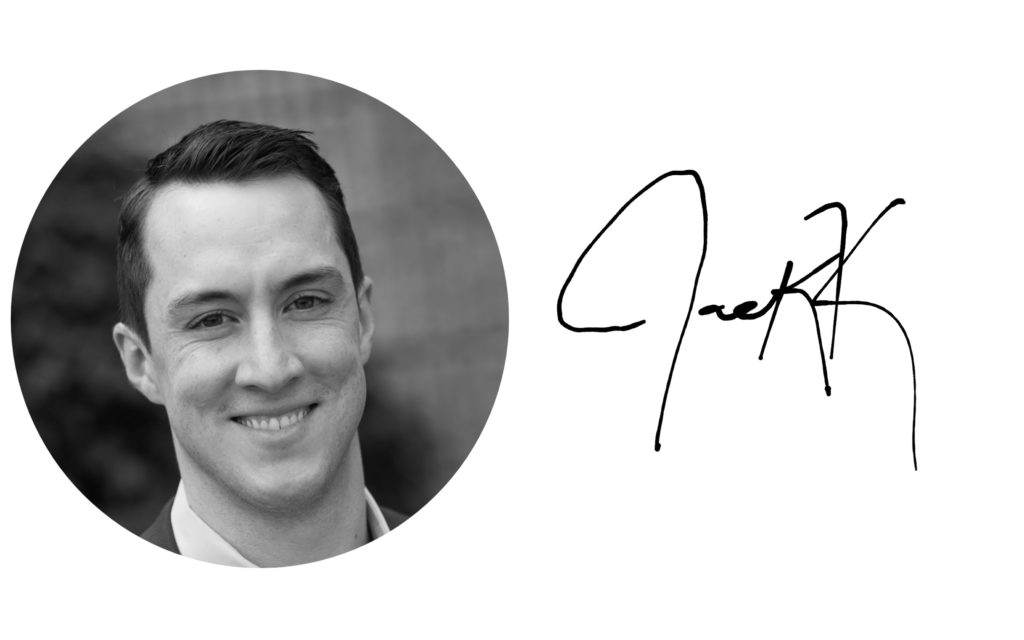
Thank you for reading this article from WELL, Magazine Asia. #LifeUnfiltered.
Connect with us on social media for daily news, competitions, and more.

